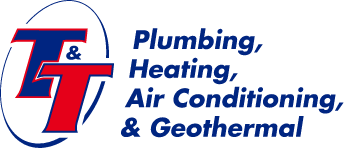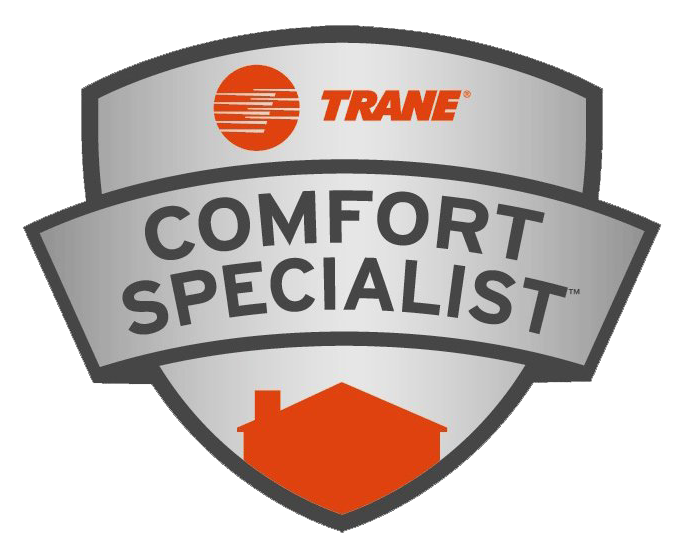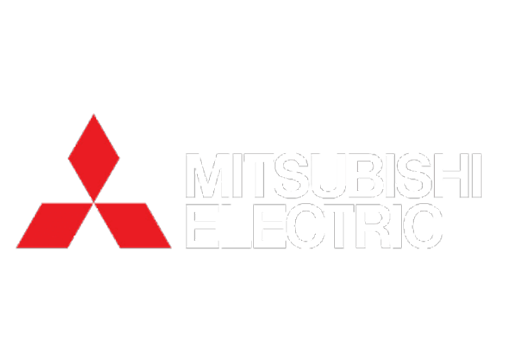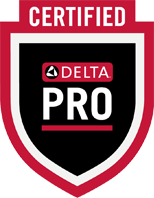In the realm of indoor air quality (IAQ) solutions, UV air purifiers have gained significant attention for their ability to combat airborne contaminants effectively. Touted as a powerful weapon against various pollutants, these devices employ UV light technology to purify the air we breathe. T&T Plumbing & Heating, Inc. explains how ultraviolet air purifiers function, the contaminants they target, and why they stand out as effective solutions to improve indoor air quality in your home.
The Mechanism Behind UV Air Purifiers
UV air purifiers leverage the germicidal properties of ultraviolet light to neutralize and eliminate microorganisms and airborne particles present in the air. The UV-C light, with wavelengths ranging between 200 and 280 nanometers, is particularly effective at disrupting the DNA and RNA of bacteria, viruses, and other pathogens. When these microorganisms are exposed to UV light, their ability to reproduce and spread is disrupted, leading to their inactivation.
The UV lamp units are installed within the HVAC system, allowing them to operate seamlessly to treat the air circulating through the home. As air passes through the purifier, the UV light works its magic, rendering damaging microorganisms harmless for enhanced air purification. This proactive approach not only improves the overall air quality but also contributes to a healthier living environment.
Contaminants Targeted by a UV Air Purifier
UV air purifiers excel at addressing a broad spectrum of contaminants that compromise indoor air quality. One of their primary targets is mold spores and mildew. These pervasive issues often thrive in damp, dark environments, making HVAC systems an ideal breeding ground. UV air purifiers disrupt the mold’s reproductive cycle, preventing its growth and ensuring that spores are not released into the air.
In addition to mold, UV air purifiers effectively combat bacteria and viruses. This is particularly relevant in today’s world, where the importance of mitigating the spread of airborne illnesses has become a focal point. By neutralizing harmful microorganisms, these purifiers act as a crucial line of defense, especially during flu seasons or in homes with immunocompromised individuals.
Furthermore, UV air purifiers target volatile organic compounds (VOCs), which can emanate from household products such as paints, cleaning agents, and furniture. By breaking down these compounds at the molecular level, UV-C light helps reduce the concentration of harmful substances in the air, promoting a safer and more breathable indoor environment.
Effectiveness in Enhancing Home IAQ
The effectiveness of UV air purifier units in enhancing home IAQ cannot be overstated. Unlike traditional air purifiers that rely on filters to capture particles, UV technology actively eliminates and neutralizes contaminants at the source. This proactive approach not only prevents the proliferation of microorganisms but also ensures that the air circulating in the home is consistently clean and healthy.
Moreover, UV air purifiers contribute to the longevity and efficiency of HVAC systems by preventing the buildup of mold and bacteria on coils and other components. This not only reduces the risk of system malfunctions but also enhances energy efficiency, translating into lower energy costs for homeowners.
The non-intrusive nature of UV air purifiers is another factor that adds to their appeal. Once installed within the HVAC system, these purifiers require minimal maintenance, making them a hassle-free and long-term solution for maintaining optimal indoor air quality.
How a UV Air Purifier Differs from Other Air Purifier Solutions
While UV air purifiers share the overarching goal of enhancing indoor air quality with other systems like media air cleaners and HEPA filters, their mechanisms and target contaminants set them apart in the realm of air purification. Unlike filters that capture particles, UV technology actively disrupts the DNA and RNA of contaminants, rendering them unable to reproduce.
Media air cleaners and activated carbon filter products, on the other hand, operate on a different principle of air purification. These systems rely on filters to capture particles as air passes through them. While effective in trapping larger particles like dust, pollen, pet hair, and pet dander, media air cleaners may have limitations when it comes to microorganisms.
HEPA filters are renowned for their high-efficiency filtration capabilities. Capable of capturing particles as small as 0.3 microns, a HEPA filter excels in trapping allergens and airborne particles. However, they primarily focus on particulate matter and may not be as effective against microorganisms like bacteria and viruses depending on their size.
Improve Your Home’s Air Quality with UV Air Purification
The question of whether UV air purifiers are effective is resoundingly answered in the affirmative. These devices, harnessing the power of ultraviolet light, not only combat a wide array of contaminants but also contribute to the overall well-being of your home.
Take the proactive step towards cleaner, healthier air in your home. Contact us today to explore how UV air purifiers can be seamlessly integrated into your HVAC system. Literally breathe easier and live healthier—experience the T&T Plumbing & Heating, Inc. difference.





